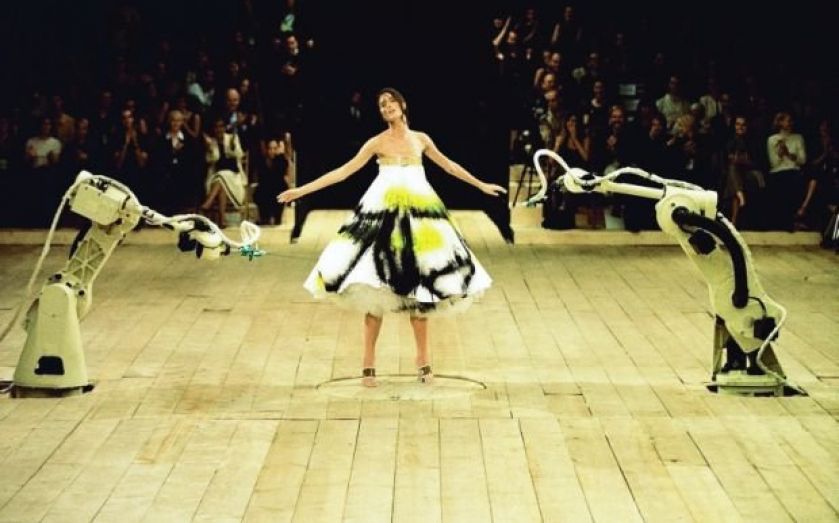God save McQueen: Savage Beauty exhibition celebrating Alexander McQueen comes home


Duck feather dress from McQueen’s 2009 Horn of Plenty show
A world beholden to mercantile concerns, where in follows out with bewildering arbitrariness and where genius gets distorted, compressed and subsumed into the commercial vortex that is the retail industry – fashion is no place for an artist. But an artist is what Alexander McQueen was. A rebel and a thinker, he went straight for the jugular, weaving his manifold obsessions – history, sex, nature, psychology – into consistently groundbreaking designs that marked him out as both a sartorial seditionist and a darling of the establishment.

A McQueen butterfly dress and butterfly headdress by Philip Treacy

Spray-painted dress, No. 13, Spring/Summer 1999

A model wears a pair of McQueen armadillo heels

Portrait of Alexander McQueen, 1997